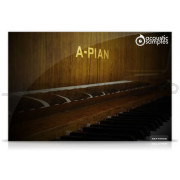You're currently on:
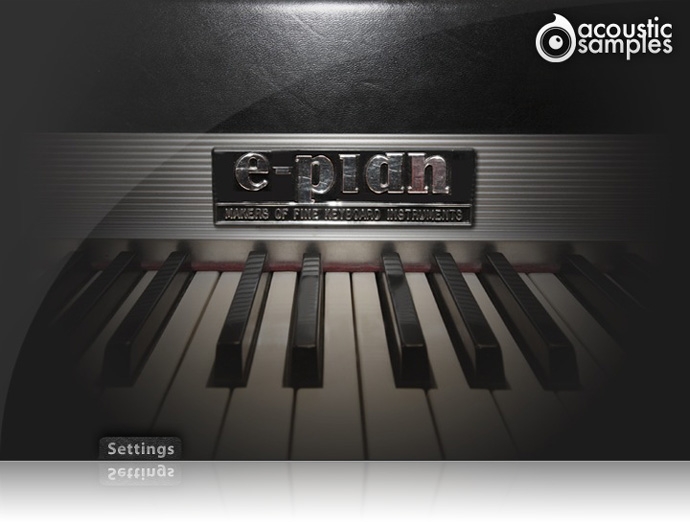
The E-Pian is a Classic 73 Keys Electric piano from 1972 recorded with the direct output plugged into a tube preamp.
The tines were adjusted in a way that very few overtone was present giving this piano more warmness. This particular instrument was in a "normal" condition, which means that it was not properly restored, a few keys were not sounding right (and we sampled it before and after fixing those keys).
This might be the rhodes you will find on stage, five minutes before the beginning of your concert!

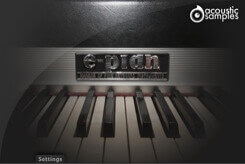
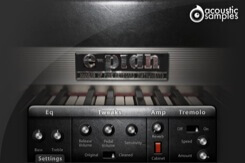
Default interface
This is the default interface of the plugin. If you want to access the effects and the advanced parameters, click on presets.Settings
You can adjust:
The release Volume: the sound produced when you release a key if a note was going on.
The Pedal Noise: the sound produced when you press or release the pedal, it adds a lot to the realism.
Original/Cleaned: the original electric piano had a few non perfect keys that we decided to sample anyway, we also fixed them.
The Sensitivity will set the minimum volume for velocity 1 and give you access to all the dynamics that you want.
The Reverb: We used an IR of a spring reverb to mimic the most used reverb on this kind of instrument.
Cabinet: You can turn on or off the amp simulation (based on a Fender 212 cabinet).
Tremolo: the stereo pan of electric pianos is really a part of the sound, here you can control the amount and speed of it.
Sample player
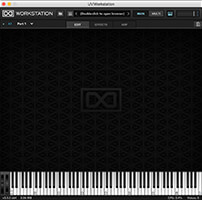

We provide it for free with every library that you buy, you don't need to buy an expensive sampler to use our products. It works on Mac (10.6 or later) and PC (windows XP SP2 or later), in standalone or as a plugin (VST / AU / AAX / RTAS / MAS) and in 32 and 64 bits. You can find more info about it here. If you want to use our products in osx 10.5, please contact us, you will need UVI Workstation v2.1.8 and earlier versions of the UFS files.



You will then be able to register it to your iLok account from our website on this page (you need to be logged in to access this page). The whole process is described in the FAQ (instructions + screencast).
| Variant | 1 |











